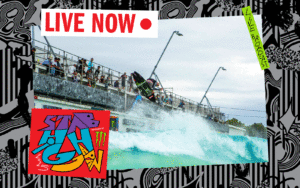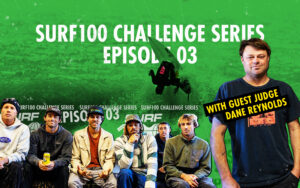How Stretch And Nathan Fletcher SpaceX’d Surfboard Design Into The Future
“I brought the boards to Hawaii and everybody laughed at me. Everyone except Michael Ho and Tom Carroll.”
Get Stab Premium
Home to the greatest films, series, and editorial in surfing.
Already a member? Sign In
Signed in but can't see the content?
Update Your Card > Menu > Subscriptions > Renew Now
Other issues? Email [email protected]
Are you a student and semi-broke?
Email a pic of your current student ID to [email protected] for 20% off Premium.
Monthly
Stab original films (Stab In The Dark, Electric Acid Surfboard Test, Microdose, profile films, etc.)
Premium editorial
Deep-dive journalism
Objective product reviews
How-to's
Cancel anytime
Yearly
Stab original films (Stab In The Dark, Electric Acid Surfboard Test, Microdose, profile films, etc.)
Premium editorial
Deep-dive journalism
Objective product reviews
How-to's
Cancel anytime
Gift
12-month subscription
Choose the delivery date
Send personalized messages
Stab original films (Stab In The Dark, Electric Acid Surfboard Test, Microdose, profile films, etc.)
Premium editorial
Deep-dive journalism
Objective product reviews
How-to's
Cancel anytime












 Jul 12, 2025
Jul 12, 2025
